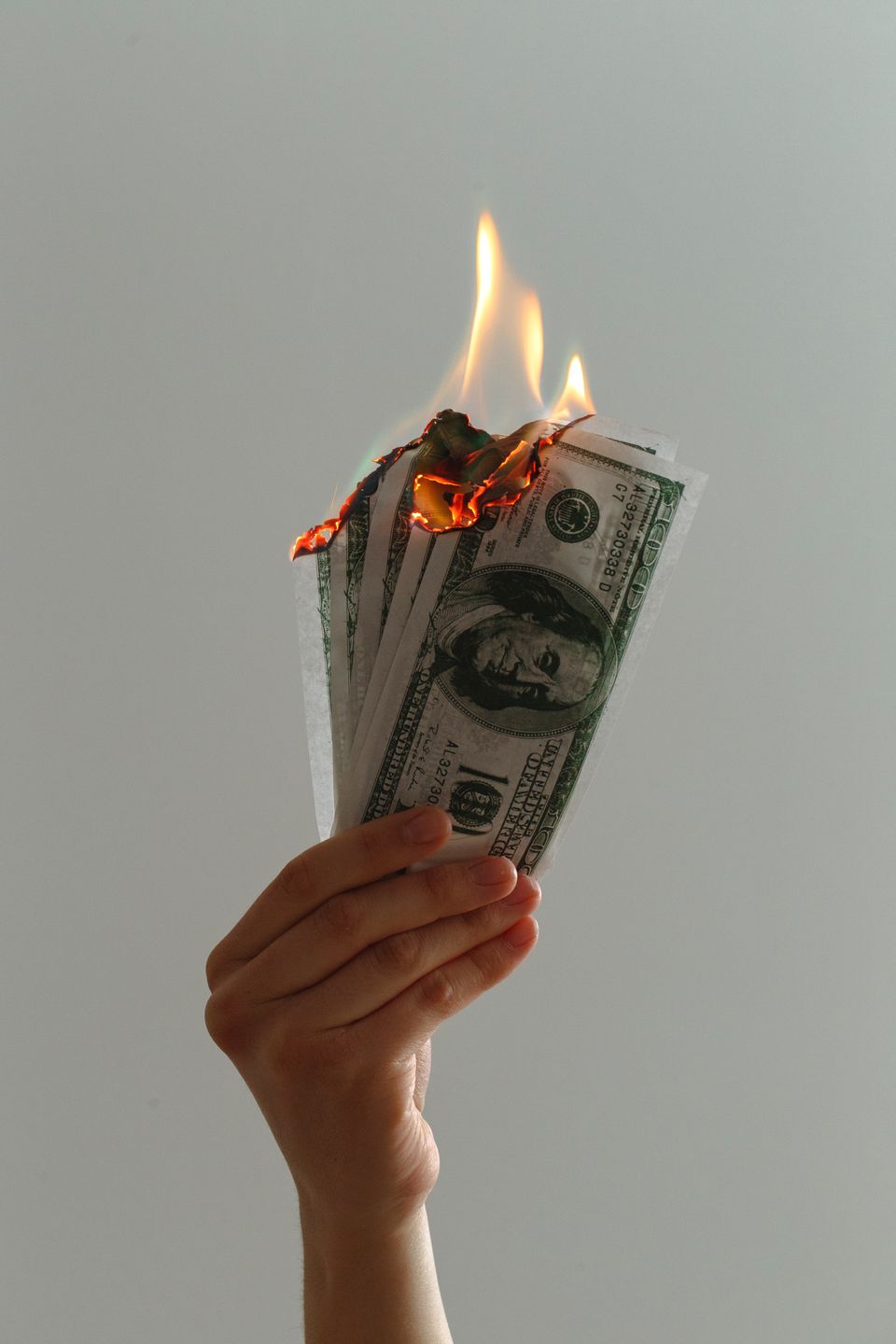Top 10 money pits to avoid

It's dreadful to think you might buy a dead horse for the price of a live one.
There are nightmare stories about landlords who put their hard earned cash into a rental. And then sink some more money. And then some more.
A money pit isn't a property into which you put money. It's a property where you don't know how much money will be needed before you buy it. As landlords and investors, our job is to quickly and accurately estimate how much it will take to bring a rental property up to standard.
There's no such thing as a bad property, just a bad deal.
Here's my top 10 potential money pits. Why potential? Because you can avoid them, or you can factor them into your purchase. I've also included rough replacement (not repair) costs. When you walk a property take written notes. You'll thank yourself later.
- Roof: $2K to $25K approximately. Roofs have a finite life span, usually 18 to 30 years. If there's less than 10 years left of its life, factor it in.
- Furnace: $2K to $7K approximately. Like roofs, furnaces have a finite lifespan, usually 15 to 20 years. If there's less than 5 years left of its life, factor it in.
- Bathrooms: $3K to $18K approximately. This is a tricky one. Get a bathroom good enough for the rental price point. Bad bathrooms make a place hard to rent. Exquisite bathrooms (over-specced) are a waste.
- Basement dampness & major cracks: it depends. As soon as you walk down the staircase, start looking and smelling. This one always worries me because water and structural problems are so unknown. That means it can cost a lot.
- Windows: $300 to $700 each. Look at the sills. Check the glazing.
- Appliances: $400 to $1,000 each. 10 years on most appliances in a rental is pushing it. Tenants will be forgiving of most problems. Not having a refrigerator or stove is not one of them. Many appliances have a manufacture date on them. Find the label. Note the age.
- Separate metering: it depends. If you can't bill your tenants or have them pay for their own utilities, then (a) it is a cost you bear as the landlord (b) your tenants have no incentive to be responsible. In the long run separate metering for multiple units is usually worth it.
- Circuit breaker and wiring upgrades: $1,500 to $3,000 without the wiring. Check the electrical panel. You might need to upgrade to 150-200 Amps, especially for older houses.
- Central air conditioning: $3K to $7K. Central A/C units have a finite life span, usually 15 to 20 years. If there's less than 5 years left of its life, factor it in. Most air conditioning unit have a manufacture date on them. Again, find the label and note the age.
- Deck: $3K to $40K. Obviously it depends on size and material quality. But often this is a safety issue as much as an aesthetic one.
Two caveats about this list. First, these are just estimates based on properties in a reasonable condition. The Upper East side in New York is going to run you a lot more than Wichita. Secondly, and most importantly, this is no substitution for a good home inspector.
This isn't an exhaustive list. What about a sump pump? Or guttering? Or stair railings? Or the water heater? Again, your jobs is to quickly and accurately (not precisely!) figure out if a property you're considering is worth it. And you can adjust your offer price accordingly.
One advantage of replacing most of these items is that the expense is capitalizable. You can depreciate it over a number of years. That means lowering your taxes!
Now here's how to really make money. Adjust your offer for the downside costs. And adjust your revenue for the upside:
As I said at the start: there's no such thing as a bad property. Just a bad deal.
